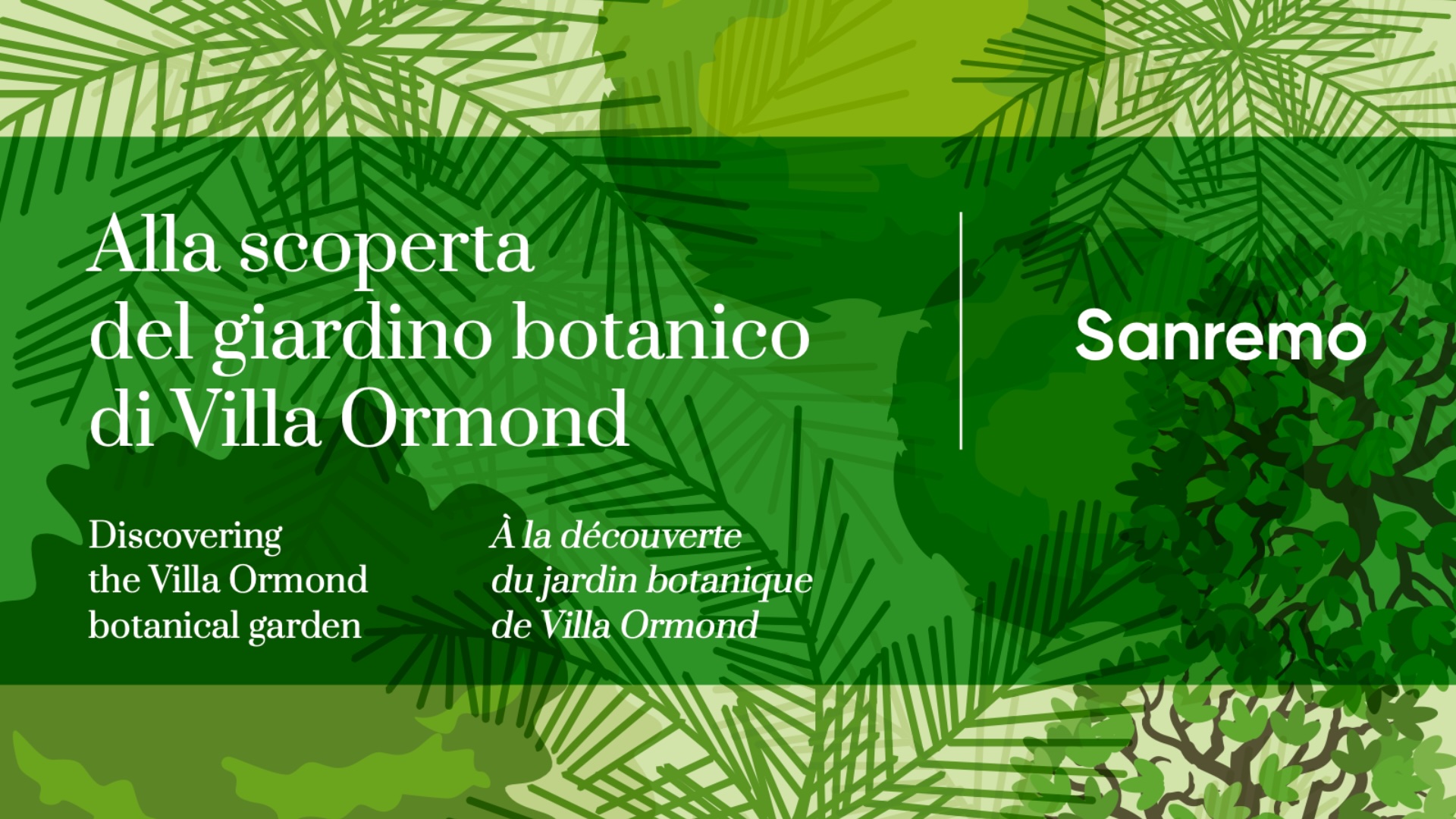A large, cosmopolitan family of monocotyledonous herbaceous plants that includes dozens of genera of exotic species that are widely cultivated for ornamental purposes, prized for their showy and often colourful spiky inflorescences, such as the succulent Agave, Dracaena, Furcraea, the caudiciform Beaucarnea and the imposing American Yucca,
|
Cordyline australis Endl. |
| The genus Cordyline is derived from the Greek Kordyle = club, due to the large root resembling a club. The specific name indicates the continent of origin. Common name Blissful trunkOriginNew Zealand, where it grows in humid subtropical areas. Description Very ornamental plant, erect, almost cylindrical, brown stem, up to 5-6 metres high, sparsely branched. Leaves are persistent, numerous, sessile, pendulous, clustered in dense clumps at the ends of the stems, linear, narrowly lanceolate, acuminate, very tough, green or reddish. Flowers white, minute, fragrant, clustered in terminal, long, branching panicles. The fruits are small and black-seeded. The inflorescence, emerging from the apical shoot, forces the plant to develop new axillary shoots, resulting in new branching. The same phenomenon occurs when the trunk or branches break off accidentally. This characteristic allows the plants to survive after intense frosts that destroy the vegetation and rebuild the foliage in fine weather. An easy-to-grow species and widely used in garden decoration. There are numerous horticultural varieties, such as the var. atropurpurea, whose leaves are a beautiful bronze colour. Some Cordyline species are used in traditional Australian medicine and several extracts have shown remarkable antioxidant and antimicrobial activities. Although many species have not yet been studied phytochemically or pharmacologically, they remain a potential source of new bioactive compounds. Large roots have been an important source of food for natives and settlers in the past. Among gardeners, it is customary to use the sturdy leaves, after having divided them into small strips, for horticultural bindings. |

